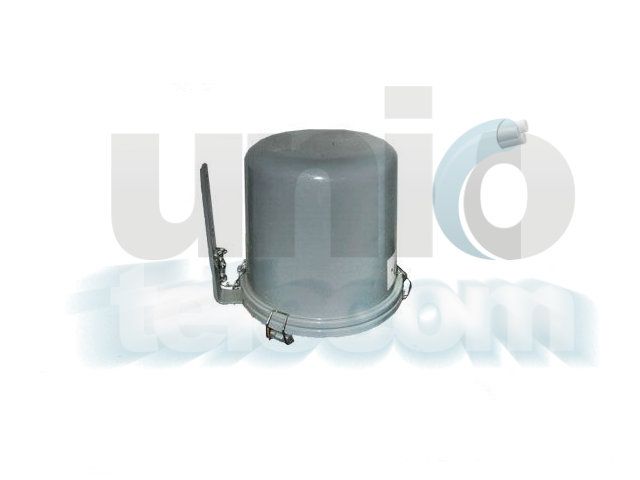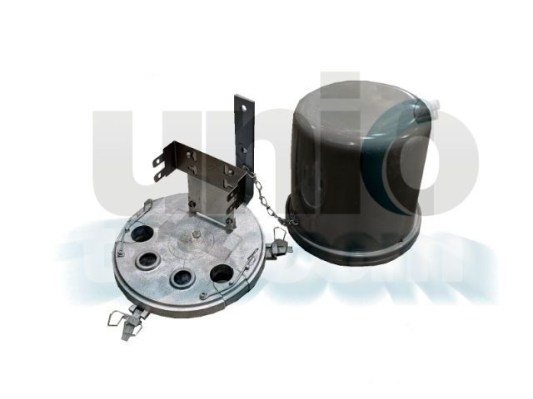LKB-A-32
/The prices exclude vat/
Overhead cable trays are structures designed to securely hold and protect overhead cables. They are used in telecommunications networks where cables run above ground on poles or other supports. Their primary function is to allow the proper and secure connection and bonding of the copper telecommunication cables.
In addition to its primary function, it can accommodate smaller optical bundles with minimal modification.
Main features of an overhead cable support bundle:
1. The most important factor to consider is the naturalness of the material. The most important factor for the protection of the enclosure is the main reason for its protection.
2. Shape and size: the shape and size of the sheaths may vary depending on the type of cable for which they are used.
3. Protective functions.
4. The most common methods of fixing are screws and straps.
5. Safety: properly installed overhead cable trays increase the safety of overhead lines, reducing the risk of accidents and breakdowns.
6. With a minor modification, the module holder can also be fitted with an optical bonding tray to accommodate and protect optical bonds.
Applications:
Telecommunication networks: used to protect and secure telecommunication cables, especially for high data traffic networks.
They are used for telecommunication cables, especially for high-speed cable transmission and cable traction:



